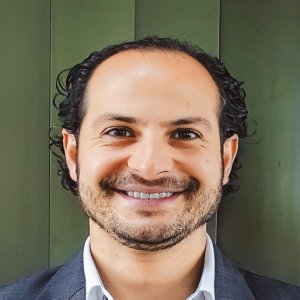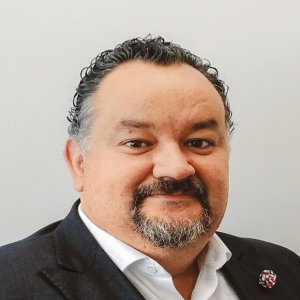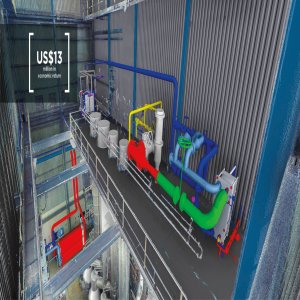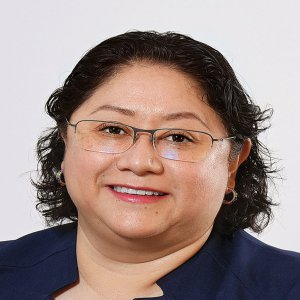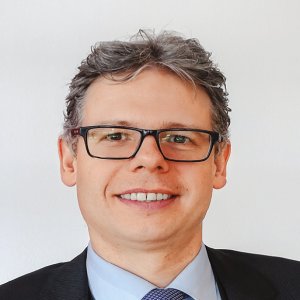Cost-Effective Capital for Mexico's Renewable Energy Projects

STORY INLINE POST
Q: What key factors make Marathon Capital a reference in raising funds for renewable energy projects?
A: Our firm has been in business for almost 20 years and we have successfully completed more than 150 energy-related transactions during this time, the large majority of which were for utility-scale renewable energy projects. We stand among the most active firms when it comes to investment banking advisory services for renewable energy projects in the Americas. That expertise makes us a reference in the US and Latin America, allowing us to sit with top-tier developers and assist them in their capital-raising efforts.
Q: What project in Mexico best showcases this added value?
A: We advised Mexico Power Group when it was financing the La Bufa wind farm project. We provided an integral advisory service to bring in a capital partner. Our process culminated with First Reserve becoming a financial partner for the project, coupled with the capital endowment required for La Bufa’s development and debt structuring. Because it was a selfsupply project, La Bufa wind farm’s developer had already negotiated a bilateral PPA in local currency with a private off-taker. We helped Mexico Power Group renegotiate the PPA to consider US dollars and make it bankable in the long-term. That project was the stepping stone that positioned Marathon Capital with long-term electricity auction players.
Q: Which renewable energy technologies are most attractive in Mexico from an investment standpoint?
A: Based on the long-term electricity auctions, solar and wind power are among the most attractive, given Mexico’s world-class wind and solar resources. While hydroelectric and fossil fuel plants have enjoyed a significant historical role in Mexico’s energy mix, the development schedules and investment requirements and both the environmental and social implications of developing such projects render them less attractive for investors.
Q: Which financial players could best support the efforts of development banks to finance renewable energy projects?
A: Development banking institutions have taken a leading role in providing financing for utility-scale renewable energy projects. While commercial banks are looking to participate, compliance with the Basel III rules constrains their involvement in long-term project finance. The Basel rules specify that banks must maintain a certain amount of capital for the amounts they are lending, raising the bar for long-term financing placements. New players are entering the fray, such as international infrastructure and pension funds. The latter have been looking closely at long-term electricity auction projects, PPA structures and their respective equity requirements for some time. These funds do not have the same limitations as commercial banks, allowing them to offer in some cases more competitive terms, which are key for project finance.
Q: How is Marathon Capital adapting its services to the diminishing margins resulting from the long-term auctions?
A: This is an attractive opportunity for Marathon Capital. Auction participants need to have access to low-cost capital, fostering competition to find cost-effective capital sources to develop renewable energy projects, such as international pension and infrastructure funds. Finding such efficient capital sources is our bread and butter, especially for project developers whose capital is better placed developing greenfield projects rather than owning a 15-year project and recuperating the placed capital through operational yields. We can match investment appetite to project characteristics to produce the best yields available.
Q: What market foothold is Marathon Capital looking to develop in Mexico?
A: Our mission is to guarantee our clients’ success, especially at a time when developers are distancing themselves from long-term projects due to the aggressiveness of the prices showcased in the long-term auctions and their inherent thin margins. Instead, developers are increasingly attracted to bilateral PPAs and pondering making their projects full merchant. The key to bankable PPAs is to find low-risk counterparts; full merchant projects must still make a case for being financeable in Mexico’s developing energy market.
